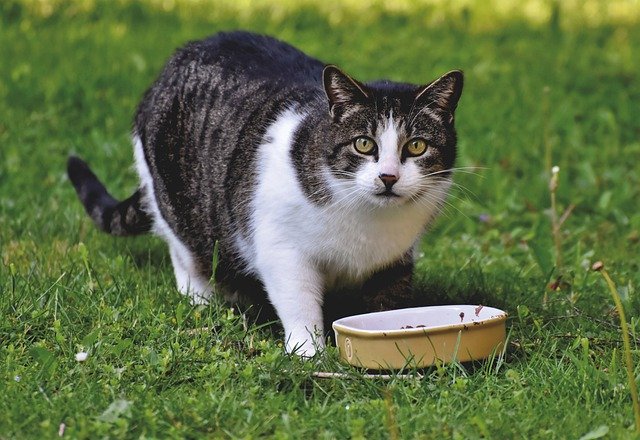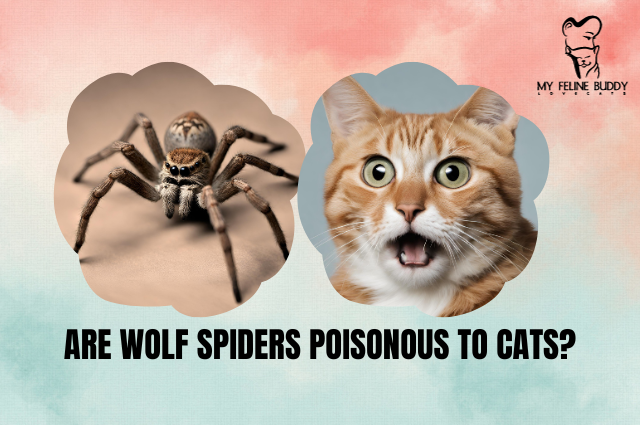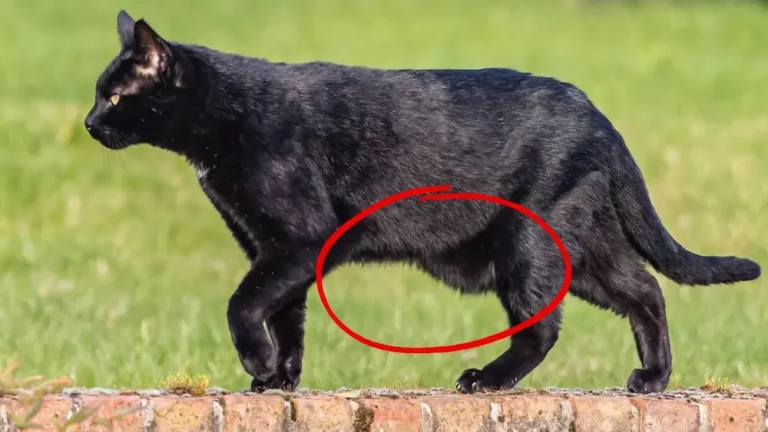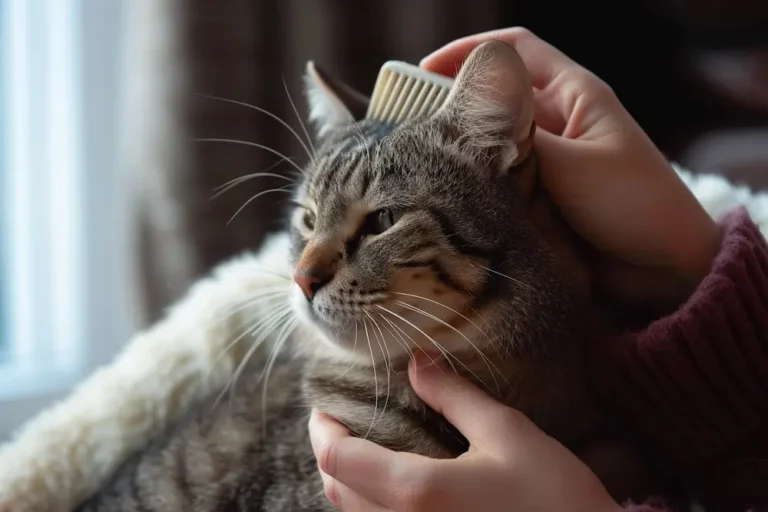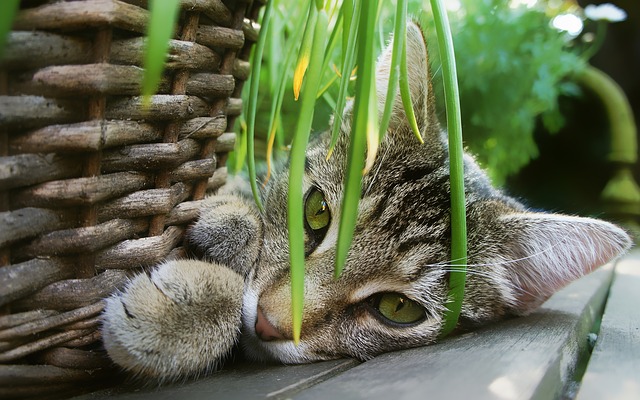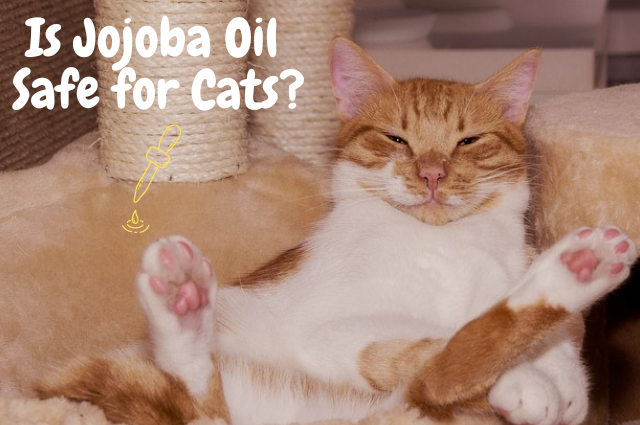Can a Cat’s Tail Fall Off? Possible Reasons, Consequences & Essential Care Tips
Have you ever noticed how your
If so, you’re not the only one.
Cat tails leave many
But, can a
In this guide, I’ll explain more about
Let’s dive in!
Is It Possible For a Cat ‘s Tail To Fall Off?
In my decades of experience as a veterinarian, I’ve encountered many cases that might seem bizarre to
One such case is the phenomenon of a
While this might sound like something out of a science fiction novel, there are circumstances under which a
But, it’s crucial to understand that a
Let me elaborate.
For instance, a car accident or a door slamming on the tail could cause severe tail injuries that could lead to tail loss.
Another scenario involves health issues that can compromise the tail’s blood supply, leading to tissue death and, eventually, detachment.
Such incidents can result in a portion of the tail becoming so damaged that surgical removal, or amputation, is the only viable option for the
Reasons Why a Cat ‘s Tail Might Fall Off
While it might seem surprising, there are several reasons a
Read more about them below.
Trauma & Injuries
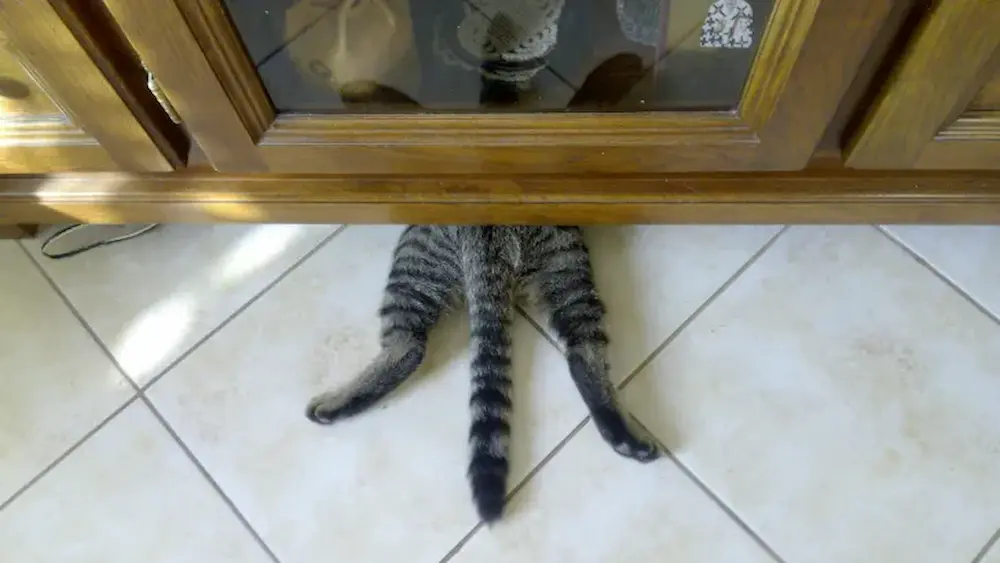
Trauma is the most common reason for severe tail injuries in cats.
Every time I see a
For example, when a
These incidents can lead to fractures, neurological disorders, or other tail-related issues requiring surgical removal.
Any changes in your
So, if you suspect your
Bacterial/Fungal Infections
Bacterial or fungal infections can also lead to severe tail problems if not treated immediately.
For example, an unnoticed wound on the tail can become a hotbed for bacteria and fungi, leading to infections that might cause the tail tissue to necrotize (die), potentially resulting in the tail falling off.
You can prevent this drastic outcome by regularly inspecting your
If there are tail wounds present, keep them clean and use cat probiotics along with an antibiotic or antifungal treatment to help the wound heal.
Birth Defects
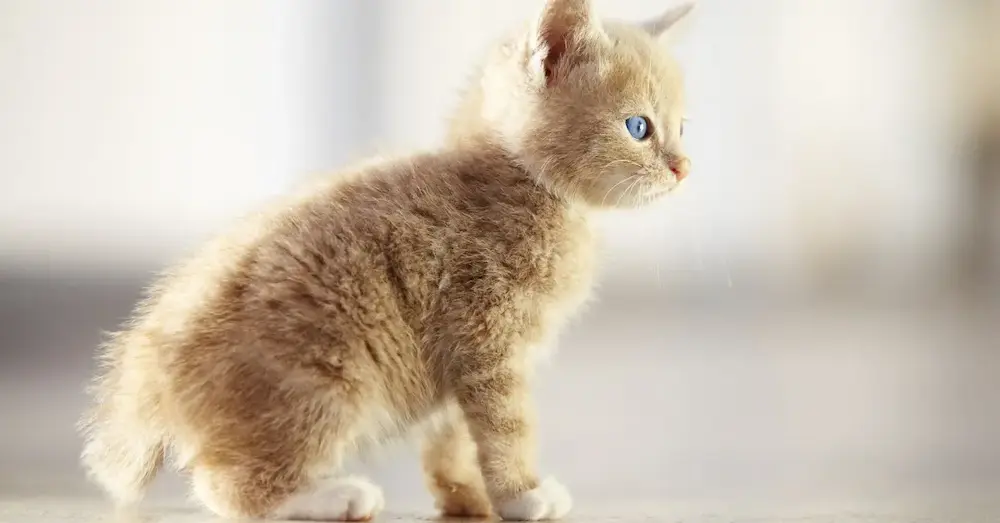
Due to genetic defects or complications during gestation, some kittens are born weak or with tail abnormalities that might result in the kitten’s tail falling off.
In such situations, the tail’s condition could worsen or pose a risk to the kitten’s overall health.
That’s why kittens with tail birth defects require monitoring and veterinary guidance from a young age to manage these problems and keep the kitten healthy.
Tumors & Growths
Tumors and growths, though less common, can cause a
Whether benign or cancerous, these growths can interfere with the blood supply to the tail or cause significant damage to the tail’s structure.
You can spot these unusual lumps or bumps on your
In most cases, these growths can be treated with veterinary help. However, there are severe cases where these tumors require surgical removal, along with part of the tail to prevent the spread of cancer or alleviate pain.
Biting/Chewing Their Tail
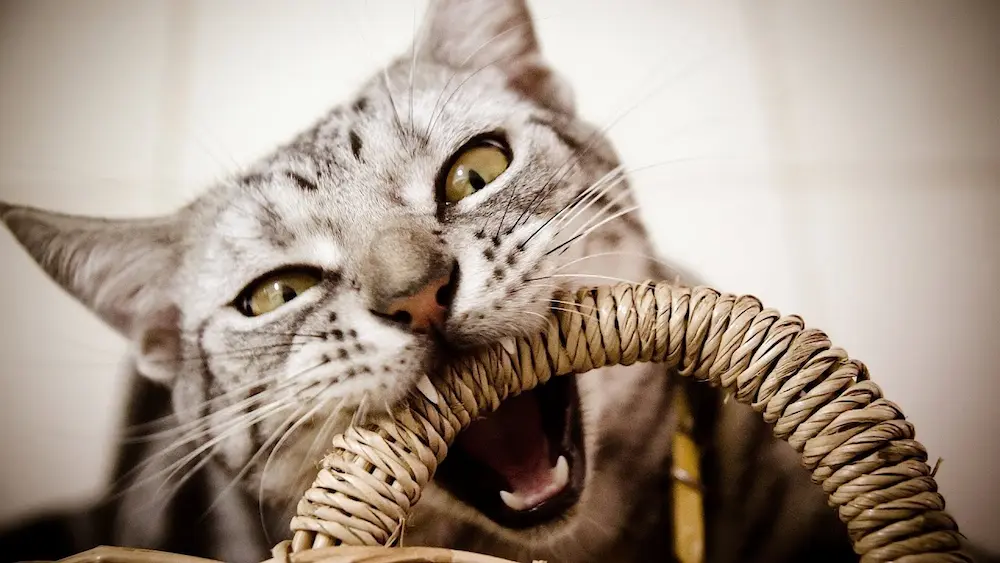
Behavioral issues in cats, such as biting or chewing their tail can also lead to severe injuries and potential tail loss.
Cats can start biting or chewing their tails for multiple reasons, from stress and anxiety to other problems, such as fleas. If this is something your
Signs That Your Cat ‘s Tail is Injured & Requires Medical Attention
As a responsible
But what are the signs your feline’s tail requires veterinary care?
First and foremost, limpness.
If your
Swelling or lumps are another giveaway – you should be able to see or feel them along the tail.
This problem might be less visible in
Then there’s pain, which might seem obvious, but cats are masters at hiding discomfort.
If your
Tips For Keeping a Cat ‘s Tail Healthy
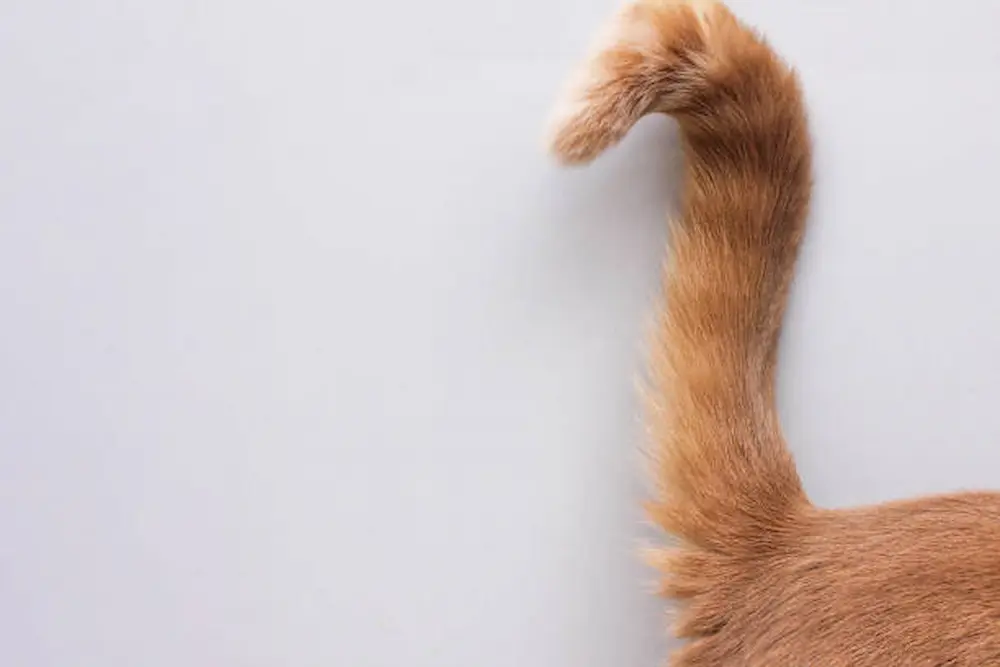
Based on my past experiences, I’ve gathered some practical tips to help keep your
- Regular grooming: Cats are meticulous groomers by nature, but they often need a little help with grooming their tails. Make it a habit to gently comb through your
cat ‘s tail fur to remove any knots or debris. This will keep their tail clean and allow you to spot any hidden injuries or irregularities, such as lumps or cuts. - Environmental safety: It’s vital to ensure your
cat ‘s playground is safe and secure. Check your indoor and outdoor spaces for potential hazards that could harm yourcat ‘s tail. - Diet and nutrition: A well-balanced diet contributes significantly to your
cat ‘s overall health, and therefore, their tail. Ensure yourcat consumes nutrient-rich foods, such as foods high in omega-3 fatty acids to support tail bones and muscles, preventing weakness that could lead to injuries.
It’s also important to stay vigilant for any behavioral changes in your feline, as a tail injury can alter a
If you notice unusual behaviors like reluctance to move, excessive tail licking, or aggression when touching their tail, it’s time to consult your veterinarian.
Consequences Cats Experience After Losing Their Tail
Losing a tail can be a significant event in a
Cats use their tails for balance, communication, and even warmth. So, when a
Firstly, balance is a critical concern.
You might have noticed how a
But, with time, these adaptable creatures often relearn how to balance themselves without relying on their tails. It’s akin to a person learning to walk again after an injury.
In terms of communication, a
Movements or vibrations from a cat’s tail often act as a form of communication; every tail signal has a specific meaning. A high, twitching tail can signal happiness, while a puffed-up tail indicates fear.
Losing this mode of communication affects how they express themselves to other cats and their human families. That’s why owners need to be more attuned to other signs of their
You also shouldn’t underestimate the psychological effects cats can experience after losing their tail.
Some cats may show signs of phantom limb syndrome, where they behave as if their tail is still present.
This can include turning to groom an area where their tail used to be or appearing confused during moments when they would typically use their tail for expression or balance.
FAQ – Frequently Asked Questions
How To Offer First Aid To a Cat With an Injured Tail?
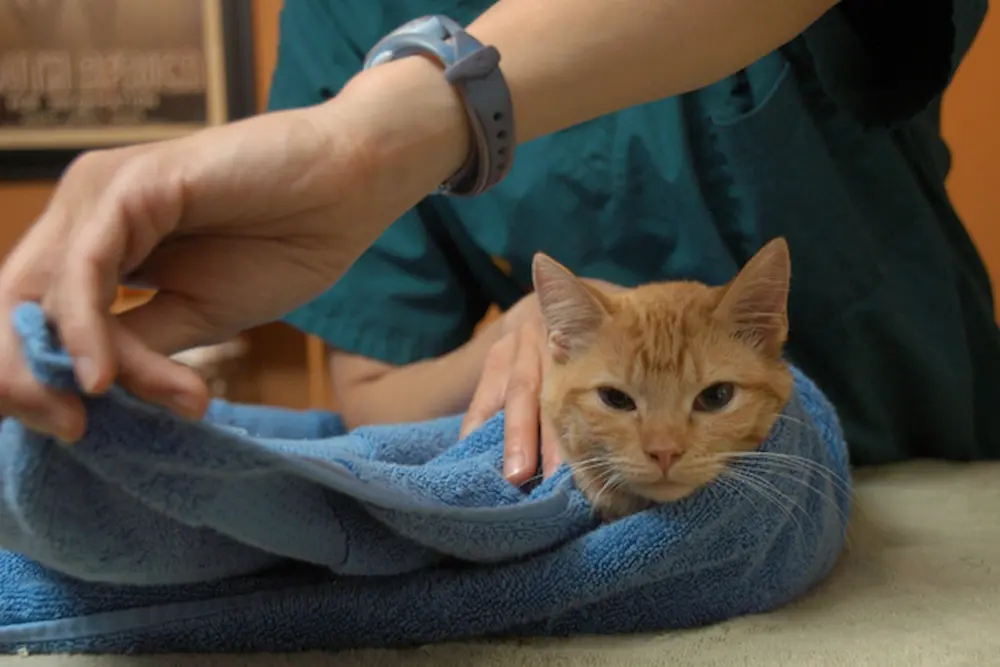
Facing a
First, approach your
Speak softly to reassure them of your presence.
If they seem too stressed, give them a moment as it’s crucial not to rush this step.
Next, assess the injury without touching the tail immediately.
Look for visible signs of injuries and distress, such as blood, an unusual angle, or swelling. If the tail is broken, it might hang in an unnatural position, or your
After your initial assessment, if you need to handle your
If bleeding is present, it’s crucial to stop it by applying gentle pressure with a clean cloth or sterile gauze.
If there’s an open wound on the tail, you’ll need to clean it using a saline solution or warm water. Avoid using alcohol or hydrogen peroxide as these can cause irritation.
Applying a mild antiseptic to the wound might also be beneficial for your feline, but ensure it’s not toxic to cats.
Even after offering first aid to your
What may appear minor could have deeper issues, so you should still contact your veterinarian for further advice and care.
Can Cats Grow Their Tails Back?
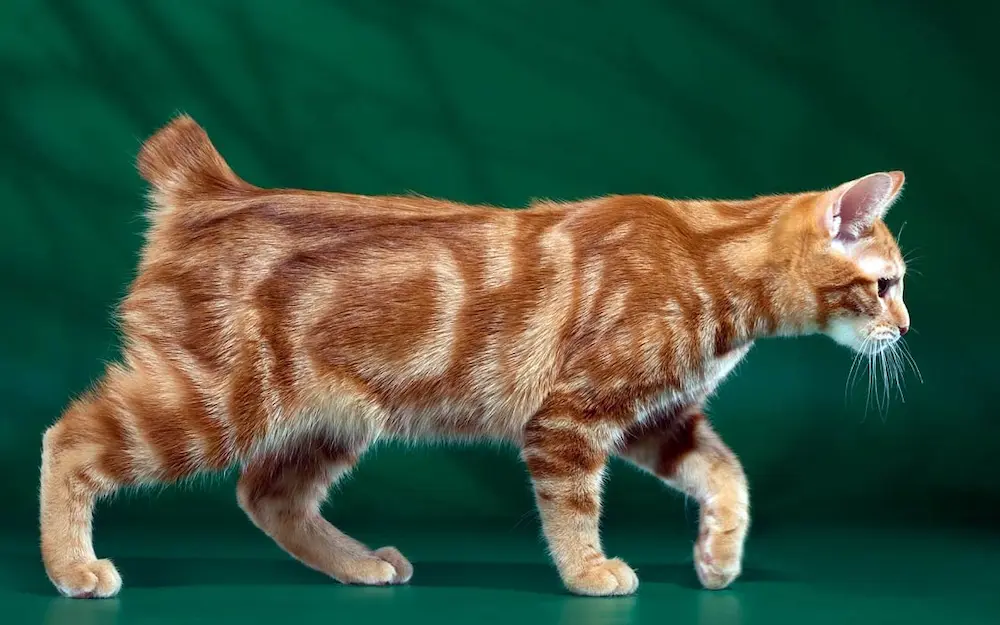
A common question I hear from concerned pet owners is, “Can cats grow their tails back?”
So, if you’re also wondering the same thing, here’s what you need to know.
Cats, unlike some reptiles, don’t have the ability to regrow their tails once they’re lost or significantly damaged.
The feline tail is an extension of their spine, made up of small bones called vertebrae, muscles, nerves, and skin.
Therefore, if a
Still, cats are remarkably resilient creatures and can adapt incredibly well to life without all or part of their tail.
This adaptation is key to their continued agility and quality of life.
For instance, take Whiskers, a
Whiskers struggled with balance after the procedure, but, over time, learned to compensate for the loss and lived a full, vibrant life.
Should You Worry If Your Cat ‘s Tail Falls Off?
Dealing with a
If you want to help your feline, stay composed, offer safety and stability, and adapt your environment to their current physical state. It’s also beneficial to maintain a consistent routine and show your cat that you love them.
This stability can make the transition easier for your
Although it might take some time, cats can overcome this challenge and live a normal life without their tail.

